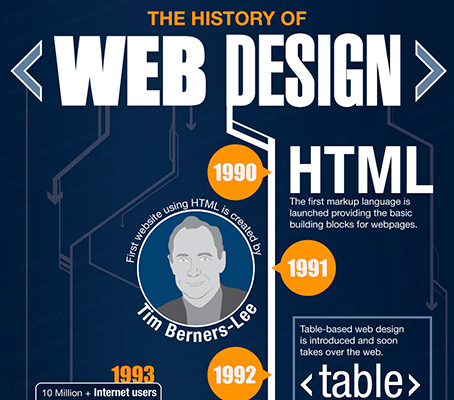Internet Site Layout Basics: Tips For Building A User-Friendly Website
Internet Site Layout Basics: Tips For Building A User-Friendly Website
Blog Article
Composed By-Le Thrane
When it involves site layout, making certain user-friendliness is essential. From receptive layout to streamlined navigating, every aspect plays an important function in developing a website that satisfies your target market's demands. Yet what concerning the finer information that can make or break a customer's browsing experience? Remain tuned as we reveal some often-overlooked tips that can elevate your site's functionality to the next degree, making it really stick out in the digital landscape.
Significance of Responsive Design
Receptive style is an important element of modern internet site development. Ensuring your web site is responsive methods that it can adjust to different display dimensions and gadgets, offering a seamless experience for users.
With the enhancing use smartphones and tablet computers to access the web, having a receptive design is necessary for getting to a wider target market. It helps in boosting user experience by making your site easy to browse and continue reading any kind of device.
Furthermore, receptive style can positively impact your search engine rankings, as online search engine like Google focus on mobile-friendly internet sites. By having a responsive design, you're also future-proofing your site, as brand-new gadgets with varying screen dimensions remain to arise.
Simplify Navigating Framework
To boost user experience and help with simple accessibility to info on your web site, enhancing the navigating framework is vital. When developing your site, focus on developing a clear and intuitive navigation menu that assists visitors discover what they're trying to find rapidly.
Restriction the variety of menu items to the essentials, grouping associated web pages with each other to stay clear of frustrating customers. Use descriptive tags that plainly suggest the material of each page, making it easier for users to comprehend where each web link will certainly take them.
Consider implementing dropdown food selections for subcategories to avoid cluttering the primary navigating bar. Furthermore, consist of a search bar plainly on the page for customers who choose looking for particular information.
Booked Appointments in your navigating design to make sure simple gain access to on all gadgets.
Enhance Web Page Lots Speed
Improving page tons rate is crucial for preserving visitors on your website. Slow-loading web pages irritate users and can result in high bounce rates. To optimize page tons speed, beginning by maximizing pictures. Compress images without jeopardizing top quality to decrease their documents sizes.
In https://sbnonline.com/article/5-tips-to-keep-your-marketing-strategy-moving-forward-in-todays-new-normal/ , allow browser caching to store often accessed sources in your area, accelerating load times for returning site visitors. Minify CSS, JavaScript, and HTML files by eliminating unnecessary personalities, comments, and format, improving lots rate.
Think about using a material shipment network (CDN) to distribute your site's web content throughout numerous servers worldwide, reducing latency for individuals accessing your website from different areas. Finally, restrict making use of third-party manuscripts and plugins, as they can considerably impact lots times.
Final thought
To conclude, by integrating responsive layout, streamlining navigation, and maximizing page load rate, you can produce an user-friendly site that attract a bigger audience and enhances customer experience. These essential elements guarantee that site visitors can easily gain access to and navigate your site across different gadgets, bring about enhanced engagement and satisfaction. By focusing on these key elements, you can develop a successful site that keeps individuals returning for even more.
